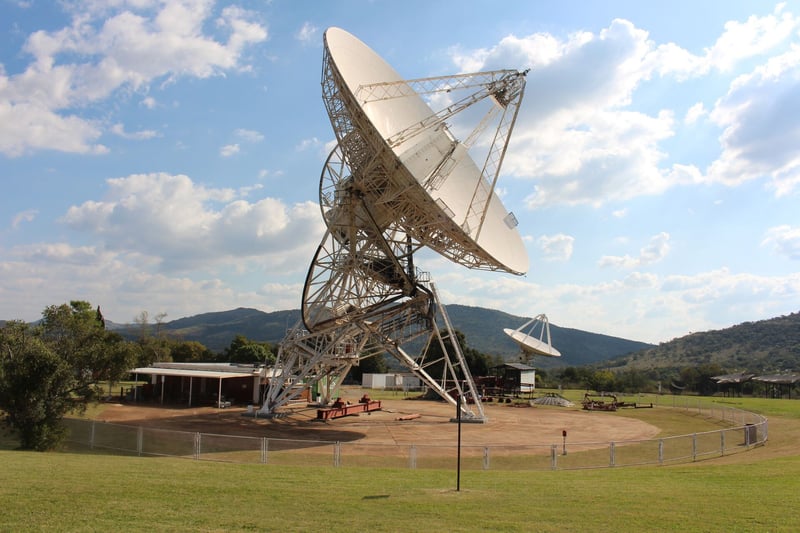
Journalists and media are invited to a rare behind the scene look at how the South African National Space Agency supports a moon landing.
SANSA is providing tracking support to the historic Rashid Rover set to land on the surface of the moon on 25 April 2022 at 6:40 SAST. Rashid Rover is the first Lunar mission by the United Arab Emirates’ Mohammed bin Rashid Space Centre (MBRSC).
As a payload on iSpace’s Hakuto-R M1 mission, the Rashid Rover lifted off aboard a SpaceX Falcon 9 rocket from the Kennedy Space Center in Florida, USA, on 11 December 2022 and is expected to land on the surface of the moon from the 25th of April 2023.
SANSA’s Hartebeeshoek Ground Station will establish direct communication between the rover as it lands on the surface of the moon and the ELM Control Centre located at MBRSC facilities in Dubai. SANSA will commission two antennae to track and communicate with the spacecraft. A 12-metre S-band antenna will be used for uplink transmissions while a 26-meter parabolic antenna will be commissioned for downlink transmissions.
Kindly confirm your attendance on this link.
Date: Tuesday, 25 April 2023Time: 10 AMVenue: SANSA Hartebeeshoek (Farm 502JQ) | Krugersdorp District
For more information contact:Daleen Fouche, Communications PractitionerThis email address is being protected from spambots. You need JavaScript enabled to view it. | 0824634073Vaneshree Maharaj, Communications ManagerThis email address is being protected from spambots. You need JavaScript enabled to view it. | 0828519317
Get new press articles by email
At SANSA we believe in creating an infinite impact for the benefit of all South Africans through technological advancement and innovation. The agency was established in 2010 through the South African National Space Agency Act, 36 of 2008. SANSA aims to promote cooperation in space-related activities, foster research in space science, advance scientific engineering through human capital and... Read More
The Pulse Latest Articles
- Education Is The Frontline Of Inequality, Business Must Show Up (December 11, 2025)
- When The Purple Profile Pictures Fade, The Real Work Begins (December 11, 2025)
- Dear Santa, Please Skip The Socks This Year (December 10, 2025)
- Brandtech+ Has 100 Global Creative Roles For South African Talent (December 9, 2025)
- The Woman Behind Bertie: Michelle’s Journey To Cape Town’s Beloved Mobile Café (December 9, 2025)
